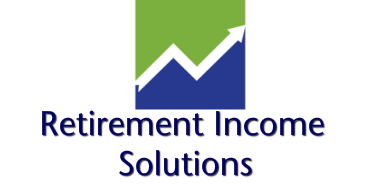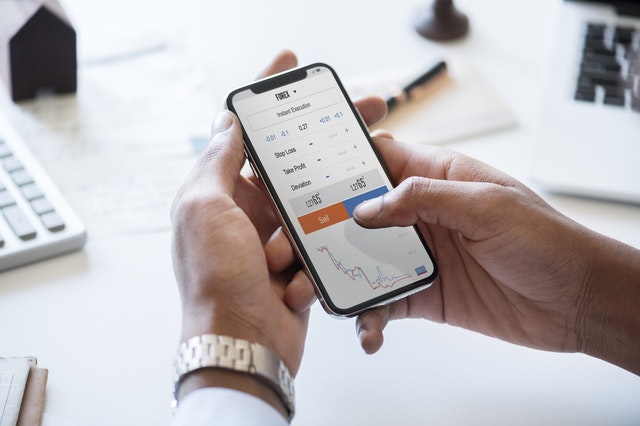When financial markets have a bad day, week, or month, discomforting headlines and data can swiftly communicate a message to retirees and retirement savers alike: equity investments are risky things, and Wall Street is a risky place.
All true. If you want to accumulate significant retirement savings or try and grow your wealth through the opportunities in the markets, this is a reality you cannot avoid.
Regularly, your investments contend with assorted market risks. They never go away. At times, they may seem dangerous to your net worth or your retirement savings, so much so that you think about getting out of equities entirely.
If you are having such thoughts, think about this: in the big picture, the real danger to your retirement could be being too risk averse.
Is it possible to hold too much in cash? Yes. Some pre-retirees do. (Even some retirees, in fact.) They have six-figure savings accounts, built up since the Great Recession and the last bear market. It is a prudent move. A dollar will always be worth a dollar in America, and that money is out of the market and backed by deposit insurance.
This is all well and good, but the problem is what that money is earning. Even with interest rates rising, many high-balance savings accounts are currently yielding less than 0.5% a year. The latest inflation data shows consumer prices advancing 2.3% a year. That money in the bank is not outrunning inflation, not even close. It will lose purchasing power over time.1,2
Consider some of the recent yearly advances of the S&P 500. In 2016, it gained 9.54%; in 2017, it gained 19.42%. Those were the price returns; the 2016 and 2017 total returns (with dividends reinvested) were a respective 11.96% and 21.83%.3,4
Yes, the broad benchmark for U.S. equities has bad years as well. Historically, it has had about one negative year for every three positive years. Looking through relatively recent historical windows, the positives have mostly outweighed the negatives for investors. From 1973-2016, for example, the S&P gained an average of 11.69% per year. (The last 3-year losing streak the S&P had was in 2000-02.)5
Your portfolio may not return as well as the S&P does in a given year, but when equities rally, your household may see its invested assets grow noticeably. When you bring in equity investment account factors like compounding and tax deferral, the growth of those invested assets over decades may dwarf the growth that could result from mere checking or savings account interest.
At some point, putting too little into investments and too much in the bank may become a risk – a risk to your retirement savings potential. At today’s interest rates, the money you are saving may end up growing faster if it is invested in some vehicle offering potentially greater reward and comparatively greater degrees of risk to tolerate.
Having a big emergency fund is good. You can dip into that liquid pool of cash to address sudden financial issues that pose risks to your financial equilibrium in the present.
Having a big retirement fund is even better. When you have one of those, you may confidently address the biggest financial risk you will ever face: the risk of outliving your money in the future.
Past Performance is not indicative of future returns. Investing involves risk – including the potential for losses.

Damian J. Sylvia
Retirement Income Solutions
Office: 732-508-6044
Direct: 732-284-0902
Email: Damian@MyFinancialSolution.org
Website: RetirementSolutionsNJ.com
Citations.
1 – valuepenguin.com/average-savings-account-interest-rates [10/4/18]
2 – investing.com/economic-calendar/ [10/11/18]
3 – money.cnn.com/data/markets/sandp/ [10/11/18]
4 – ycharts.com/indicators/sandp_500_total_return_annual [10/11/18]
5 – thebalance.com/stock-market-returns-by-year-2388543 [6/23/18]

